In a world where we often see ourselves as the top of the food chain, it’s humbling—and definitely a little unsettling—to remember that some creatures still view us with less admiration and more appetite. As much as we romanticize our connection with nature, certain animals carry an ancient and instinctual perspective that positions us as lunch rather than lords. This list isn’t about inducing fear or paranoia, but rather offering a reminder that the natural world isn’t a Disney movie. So, let’s take a walk on the wild side and meet the beasts that occasionally see humans as dinner.
1. Great White Shark
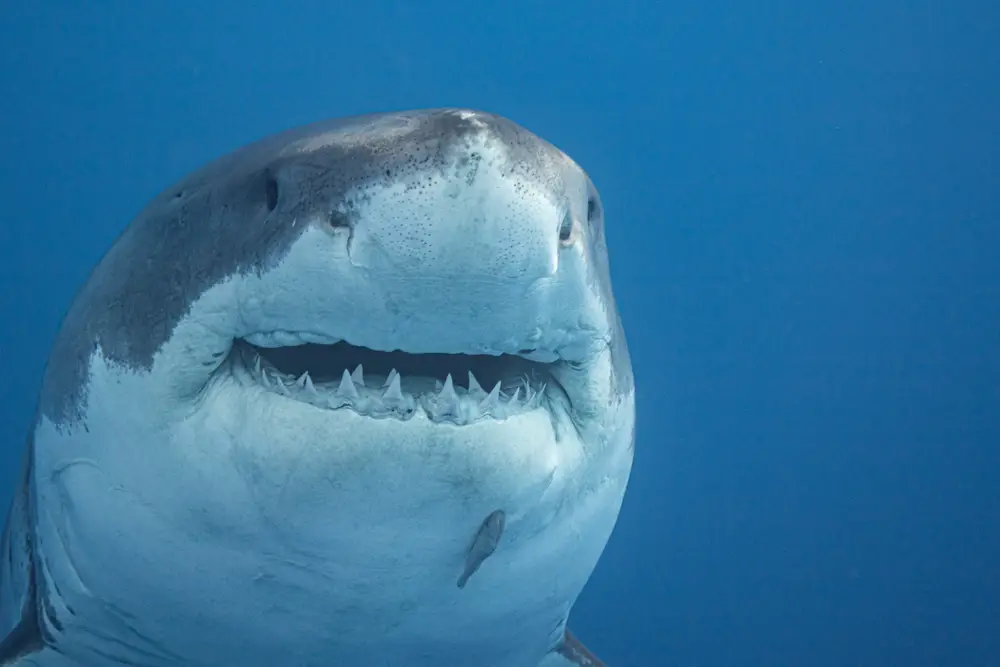
Sea, sand, and a hint of danger. There’s something about the great white shark that evokes both fascination and dread. While shark attacks are extremely rare, when they do occur, the great white is often the culprit. These apex predators have honed their hunting skills over millions of years, and sometimes, albeit mistakenly, we enter their menu.
According to marine biologist Alison Kock, sharks don’t typically consider humans a preferred meal—seals and fish are their main course. However, from below, a surfer paddling on a board can look eerily similar to a seal. One quick, curious bite is usually all it takes for the shark to realize its mistake, but for us, that bite can be catastrophic. It’s a stark reminder of how little control we have once we dip beneath the waves.
2. Polar Bear
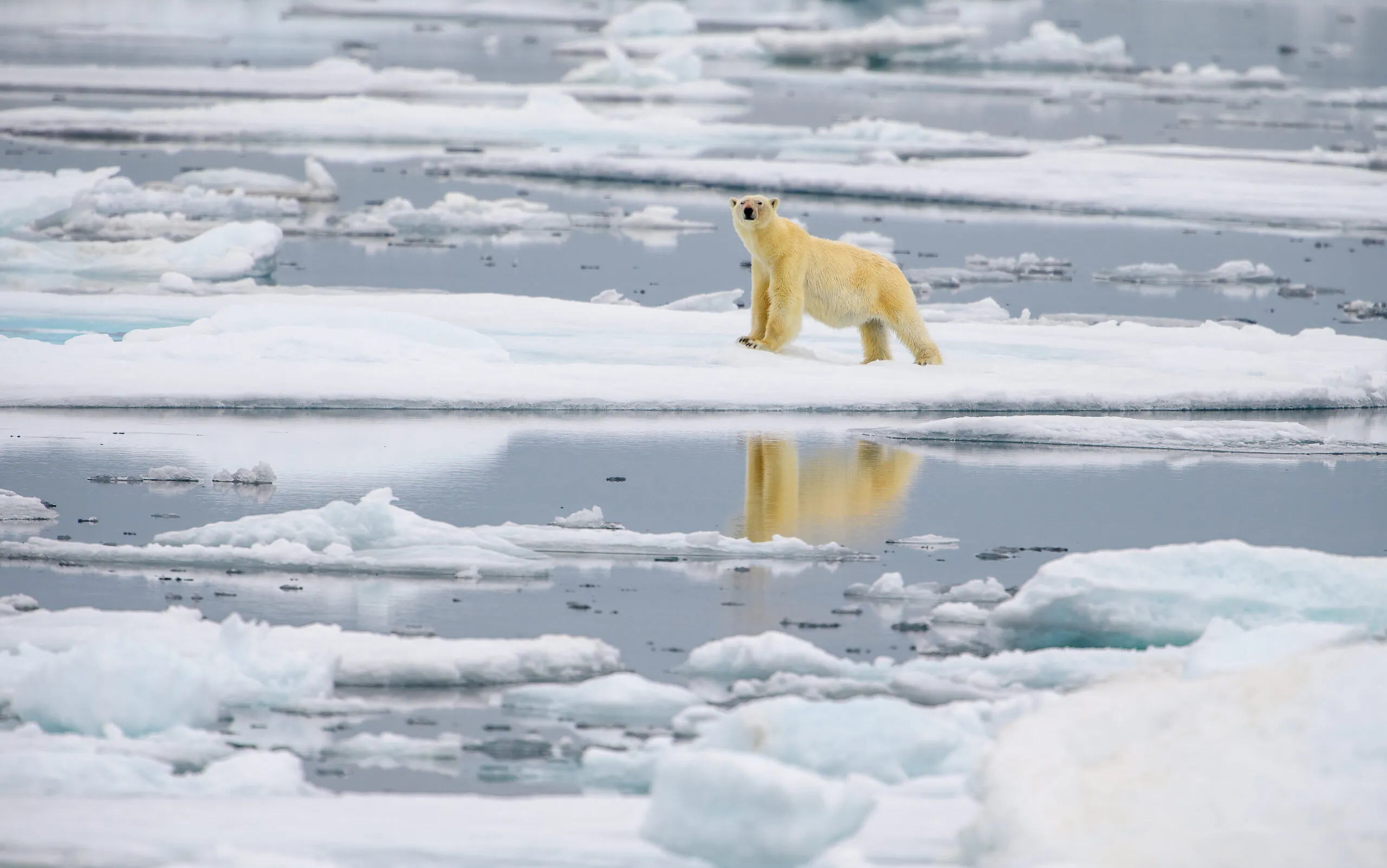
Think of the Arctic and you might picture serene white landscapes and Christmas card-worthy scenes. But add a polar bear to that image, and it changes. These massive bears are known to be one of the few animals that will actively hunt humans. When you’re the dominant predator in a frozen desert, anything that moves is potentially dinner, and that includes you.
Polar bears have been known to stalk humans across the ice, driven by the unrelenting hunger of their harsh environment. Unlike other bears, they don’t fear us, and in a landscape where food is scarce, they can’t afford to miss a meal. If you’re ever in polar bear territory, remember that you are not at the top of the food chain. Out there, the rules are different, and you’re just another part of the ecosystem.
3. Saltwater Crocodile
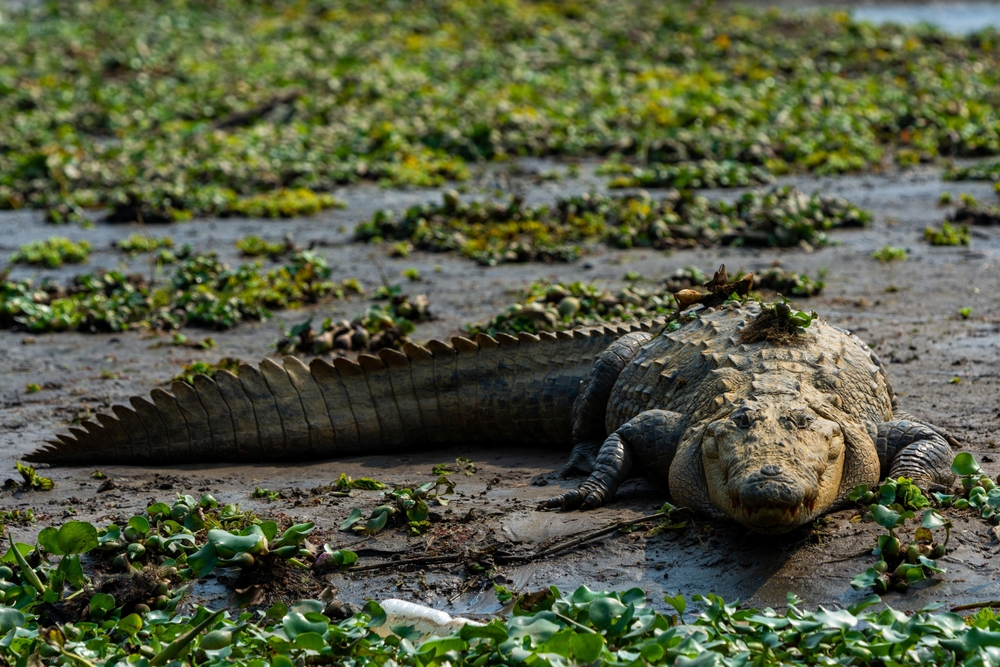
Australia’s coastal waters aren’t just about surfing and snorkeling. Lurking beneath those inviting waves is the saltwater crocodile, a creature that’s been around since the time of the dinosaurs. This fearsome predator doesn’t discriminate when it comes to its next meal, and that can include unsuspecting humans who stray too close to its hunting grounds.
Herpetologist Grahame Webb notes that saltwater crocodiles are opportunistic hunters. They have a territorial nature and a bite force that can crush bones with ease. For the crocodile, anything in its domain is potential prey—be it a fish, a deer, or a human. It’s a sobering thought that these ancient survivors continue to remind us of their primeval prowess.
4. Bengal Tiger

There’s something undeniably majestic about a tiger’s stripes, yet that beauty belies a lethal capability. In areas where Bengal tigers thrive, they occasionally turn into man-eaters. It’s most often in circumstances where their natural prey is scarce or they’ve been injured. When survival is at stake, the rules of engagement shift dramatically.
In the Sundarbans of India and Bangladesh, tigers have been known to actively hunt humans. It’s a stark reminder of the delicate balance between human encroachment and wildlife preservation. For the people living in these regions, tigers aren’t just a threat—they’re a real and present danger woven into the fabric of everyday life. When it comes to survival, these magnificent creatures leave no stone unturned.
5. African Lion
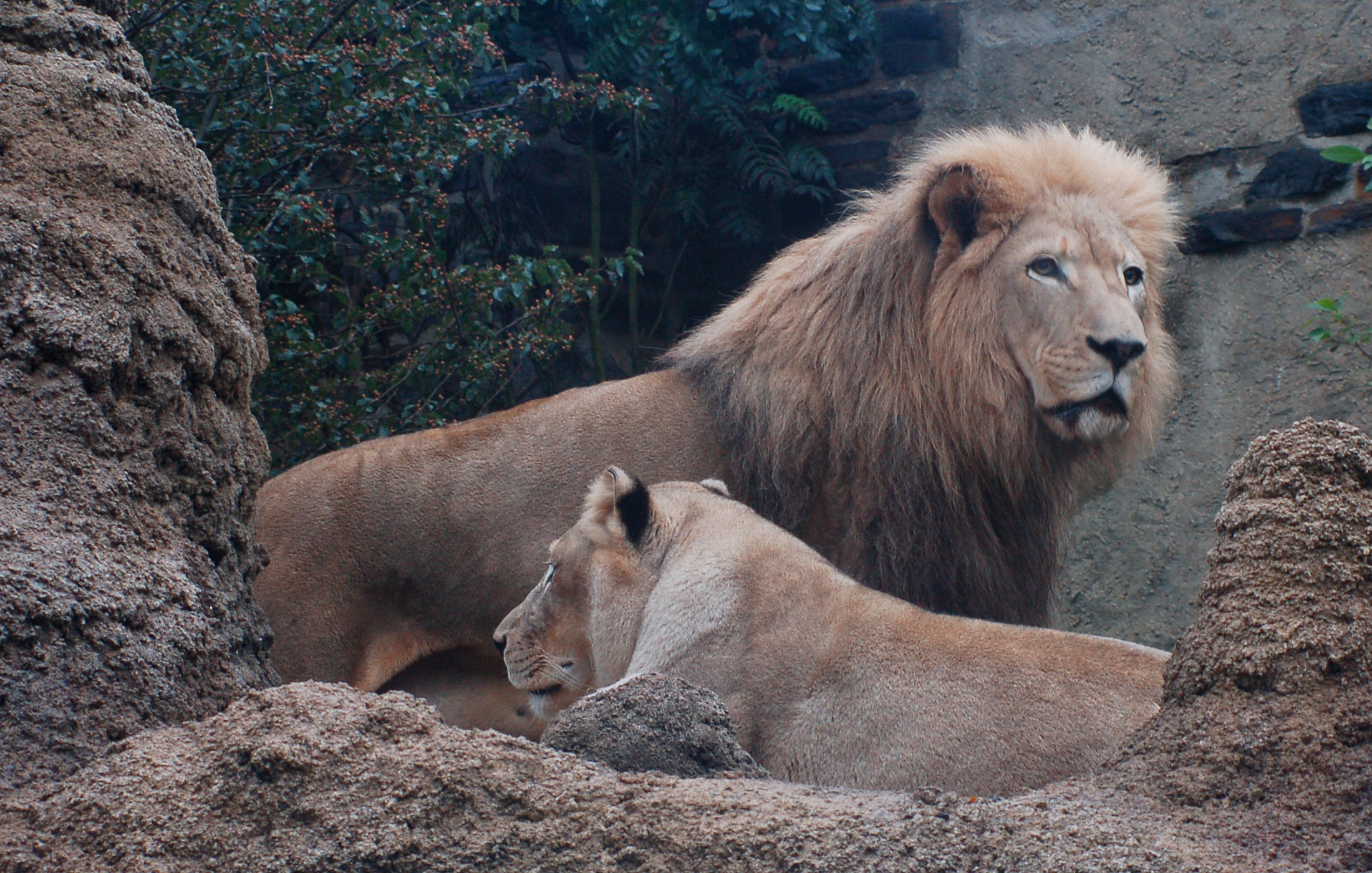
The king of the jungle might seem like a regal symbol of strength and courage. Yet, in some regions of Africa, lions have been known to hunt humans, especially when their typical prey becomes scarce. This behavior is both a survival mechanism and a testament to the adaptability of these powerful predators.
Ecologist Craig Packer points out that when humans encroach on traditional lion habitats, conflict can become inevitable. Lions are highly territorial and sometimes, hungry enough to consider humans as an alternative food source. It’s a fierce reminder of the fine line between awe and fear when it comes to apex predators. In their world, survival is a game of opportunity and instinct.
6. Komodo Dragon

The eerie allure of the Komodo dragon lies in its ancient, almost mythical presence. These lizards, native to Indonesia, can reach lengths of up to ten feet and are equipped with razor-sharp teeth and venomous saliva. Their hunting method is slow and methodical—biting their prey and waiting for the toxins to take effect. And yes, they have been known to attack humans.
For the Komodo dragon, humans aren’t a primary food source, but we’re not off the menu either. A misstep into their territory can turn into a gruesome encounter. Their primal power is a visceral reminder of our place within the natural order. In the realm of the Komodo, the dragons hold court, and we are but mere intruders.
7. Black Bear
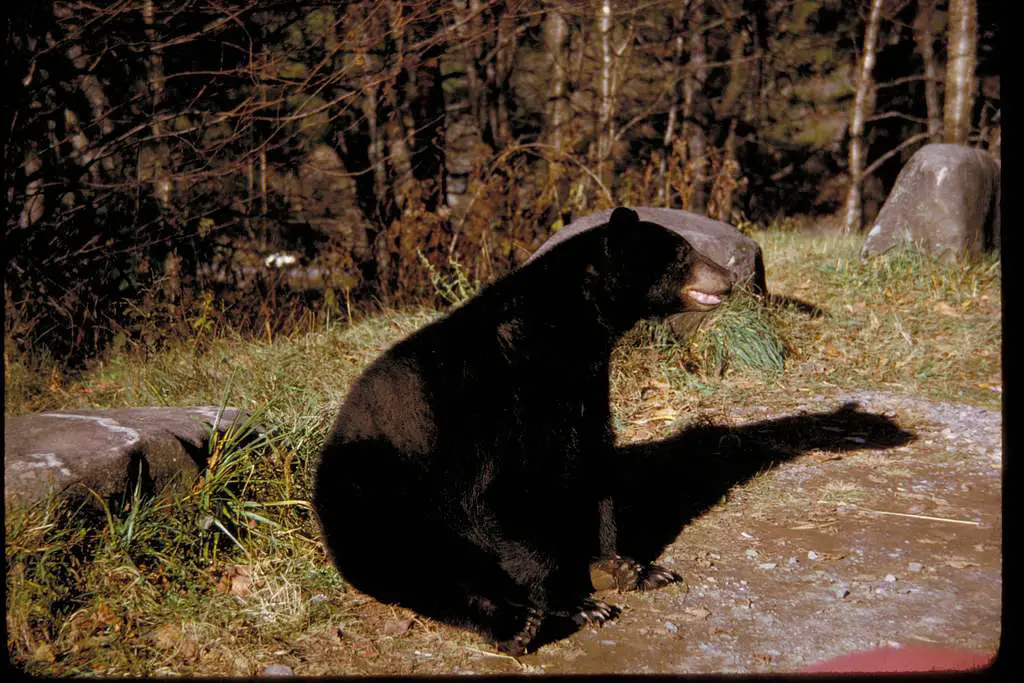
The black bear is often seen as the less aggressive cousin of the grizzly, but don’t let that fool you into a false sense of security. While they typically avoid human encounters, there are exceptions when they become a threat. This usually happens when they become accustomed to human food or when their natural food sources deplete. When desperation sets in, these bears can and do attack.
Wildlife biologist Lynn Rogers explains that black bears have a natural curiosity and intelligence that should not be underestimated. They are problem solvers, and when they associate humans with food, they become significantly more dangerous. These types of encounters serve as a poignant reminder of the consequences of blurring the human-wildlife boundary. In the woods, respect is not just polite—it’s essential for survival.
8. Leopard

Leopards, with their striking coat and stealthy prowess, are often romanticized in art and folklore. Yet, in the real world, they are stealthy hunters capable of dispatching prey with remarkable efficiency. In some areas of Africa and Asia, leopards have been known to prey on humans. This often happens when their natural habitat overlaps with human settlements.
The adaptability of leopards is both their greatest strength and our greatest risk. They’ve learned to navigate urban environments, making them a formidable force even in human-dominated landscapes. The reality of sharing space with such a predator is a stark reminder of the wild world that exists just beyond our backyard. In the dance between civilization and nature, leopards remind us that we’re not always leading.
9. Nile Crocodile

In the waterways of Africa, the Nile crocodile reigns supreme. Renowned for its size and ferocity, this crocodile is second to none when it comes to claiming its territory. They have no reservations about attacking humans, especially those who venture too close to the water’s edge. For the crocodile, it’s all about opportunity and stealth.
The Nile crocodile’s ambush technique is brutally effective; they can lie in wait for hours, then strike with incredible speed. In many rural communities, these animals are a constant threat, lurking silently beneath the surface. The relationship between humans and Nile crocodiles is one marked by fear and respect. Here, nature’s raw power is ever present, a reminder that we are not always the ones in control.
10. Hippo

Hippos might seem like the chubby, quirky creatures of the animal kingdom, but don’t be fooled by their seemingly placid demeanor. These enormous animals are territorial and can be incredibly dangerous to humans. Responsible for more human fatalities in Africa than lions, hippos are not to be underestimated. Their sheer size and powerful jaws make them formidable adversaries.
The aggression of hippos is often linked to their territorial nature, especially when humans inadvertently invade their space. They may look slow on land, but in water, they can move with surprising speed and agility. This unexpected combination of traits reminds us that appearances can be deceiving. In the realm of the hippo, it’s best to keep a respectful distance.
11. Cougar
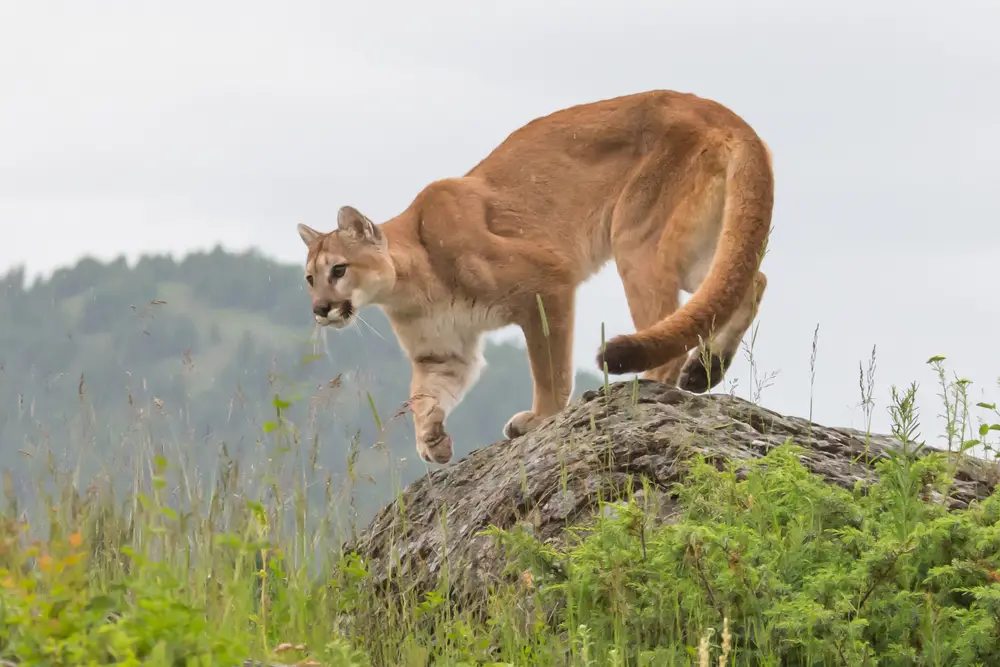
The cougar, also known as a mountain lion or puma, is a solitary and elusive predator found primarily in the Americas. While they generally avoid humans, their overlap with human habitats sometimes leads to conflict. In areas where their natural prey is sparse, cougars may consider humans as an alternative. These rare encounters are a sobering reminder of the thin line between the wild and the civilized.
Cougars are masters of stealth and can strike without warning, using their keen senses to track and pounce on their prey. For those living in cougar country, awareness and caution are key. These cats remind us of the untamed wilderness that still exists within our midst. In their eyes, we are just another animal, navigating the wild terrain we both call home.
12. Hyena

Hyenas often get a bad rap, portrayed as the scavengers of the savanna. Yet, their ability to hunt in packs makes them formidable predators capable of taking down larger prey. In some instances, they have attacked humans, driven by hunger and opportunity. Hyenas are opportunists, and their adaptability to various environments makes them a unique threat.
When food is scarce, hyenas have been known to approach human settlements, increasing the chances of conflict. Their eerie laughter is a chilling sound in the night, echoing the blurred lines between predator and prey. As we encroach further into their territories, the hyena’s role in the ecosystem becomes ever more crucial to understand. In their world, survival is a game of cunning and perseverance.
13. Sumatran Tiger
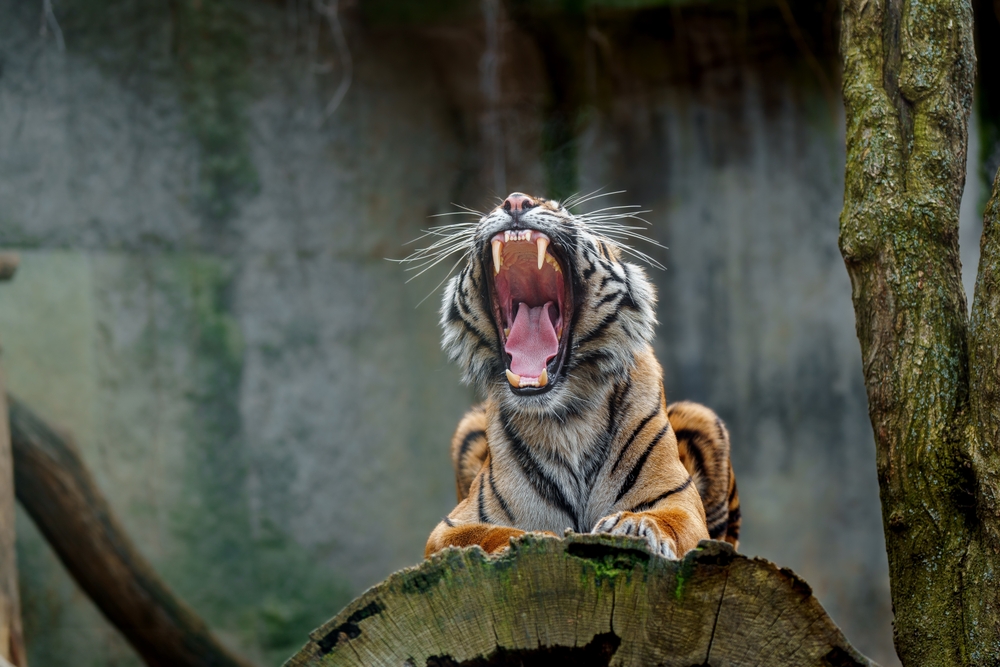
The Sumatran tiger, a critically endangered species, holds an almost mythical status in its native Indonesia. Yet, despite its dwindling numbers, it remains a powerful predator capable of preying on humans. Habitat destruction and poaching have pushed these tigers closer to human populations, resulting in increased conflicts. And in the desperate fight for survival, humans sometimes become unintended targets.
For the communities living near Sumatran tiger habitats, these encounters are more than just news—they’re a reality. The fine balance between conservation and safety is a constant concern. Each encounter tells a story of survival, fear, and awe in the face of one of nature’s most magnificent creatures. The Sumatran tiger stands as a testament to the wildness that still beats in the heart of our world.
